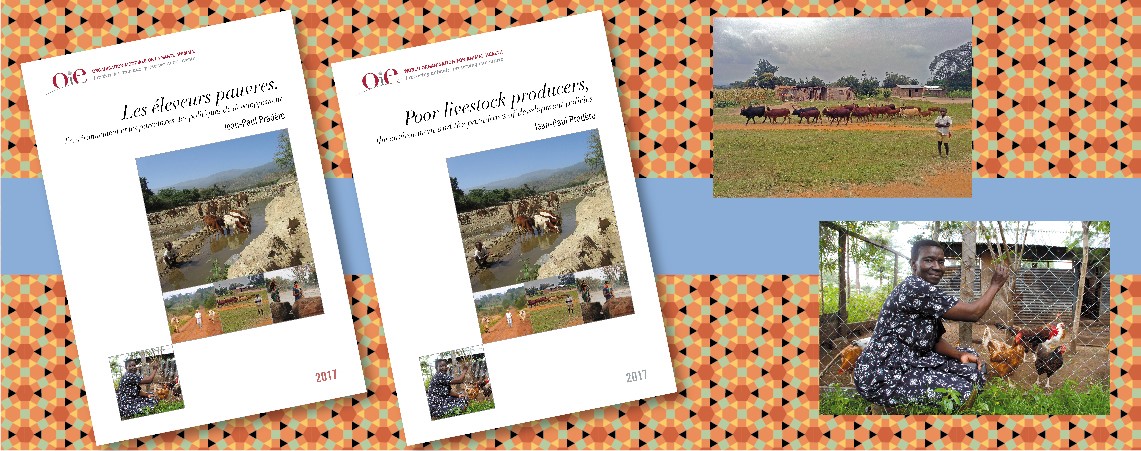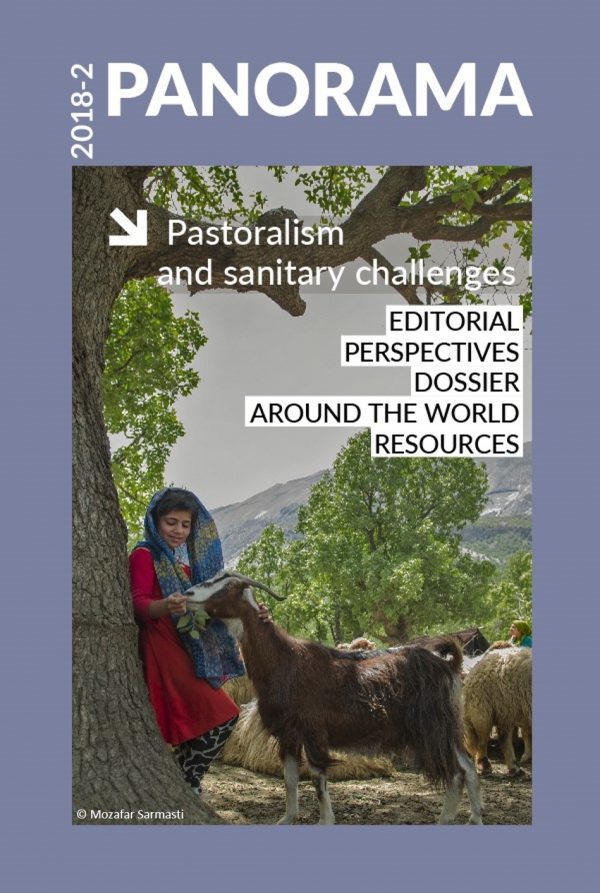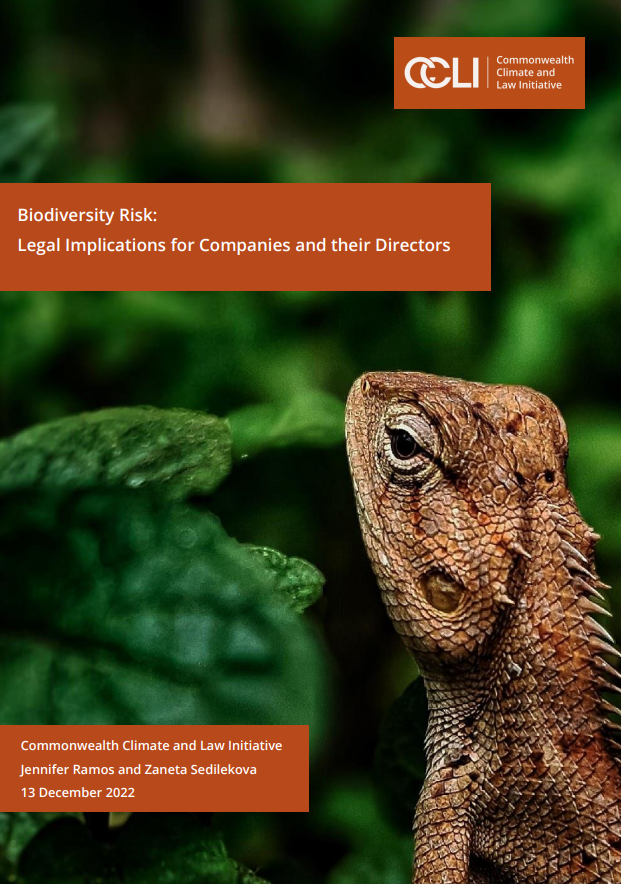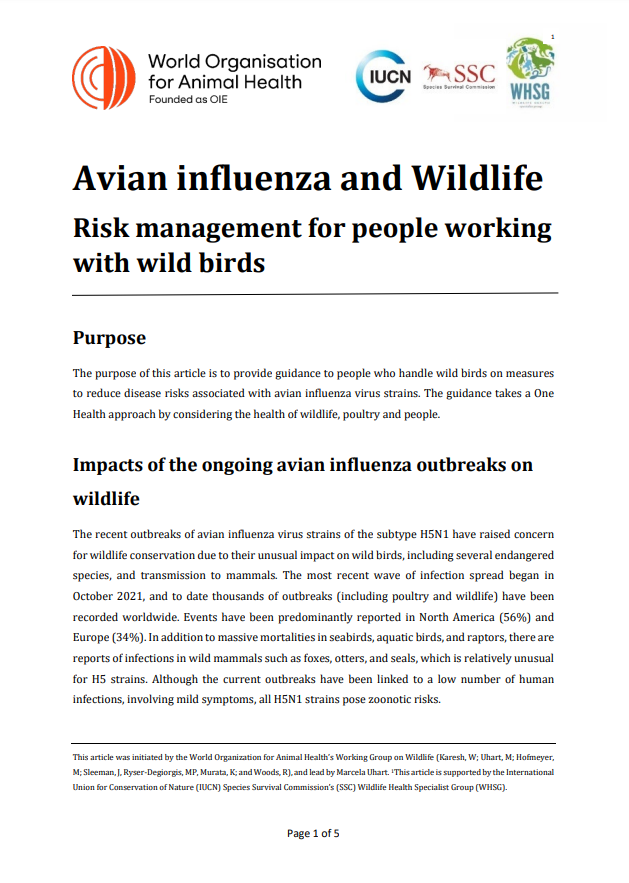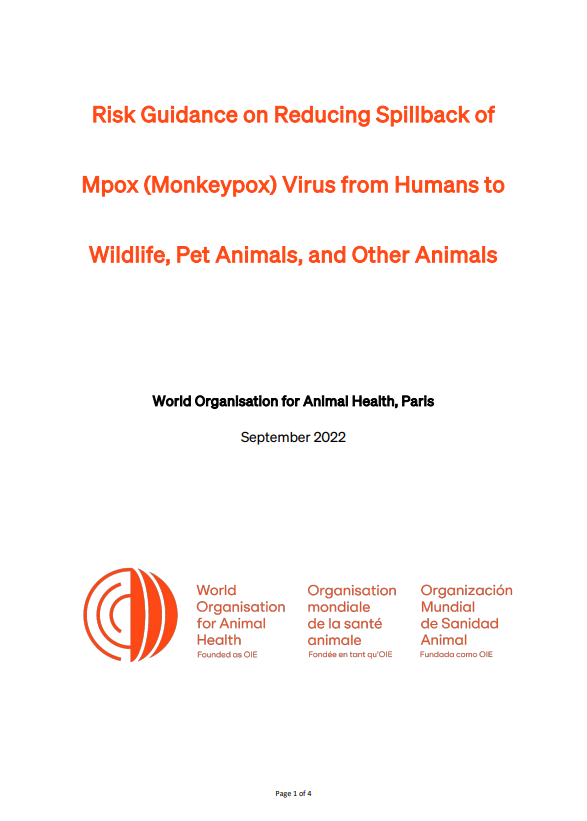Keywords
Jean-Paul Pradère
2017
29.7 × 21 cm
104 pages
ISBN 978-92-95108-29-5
Price: EUR 40
Livestock production has increased considerably in recent decades, and this growth is likely to continue in all regions, particularly in developing countries. Ensuring sustainable growth of livestock production is a challenge facing all countries.
In developed countries and in many developing countries, livestock production volumes continue to increase. However, due to improved productivity and more rational husbandry methods, animal pressure on natural resources and climate change is decreasing. By contrast, in poor countries, there are major obstacles to the sustainable development of livestock farming. Growth in livestock production is achieved primarily by increasing the numbers of animals, which is aggravating the environmental impact of livestock farming. At the same time, animal diseases take an enormous toll on natural resources and on the assets of the most vulnerable households, which contributes to keeping them in extreme poverty. The high risk of animal disease makes investments vulnerable and impedes innovation that could improve productivity.
The report confirms the need for international solidarity and the need to strengthen the capacity of Veterinary Services in poor countries in order to promote sustainable livestock development, tackle poverty and preserve the global public goods of health and the environment more effectively.
[ Order here ]




